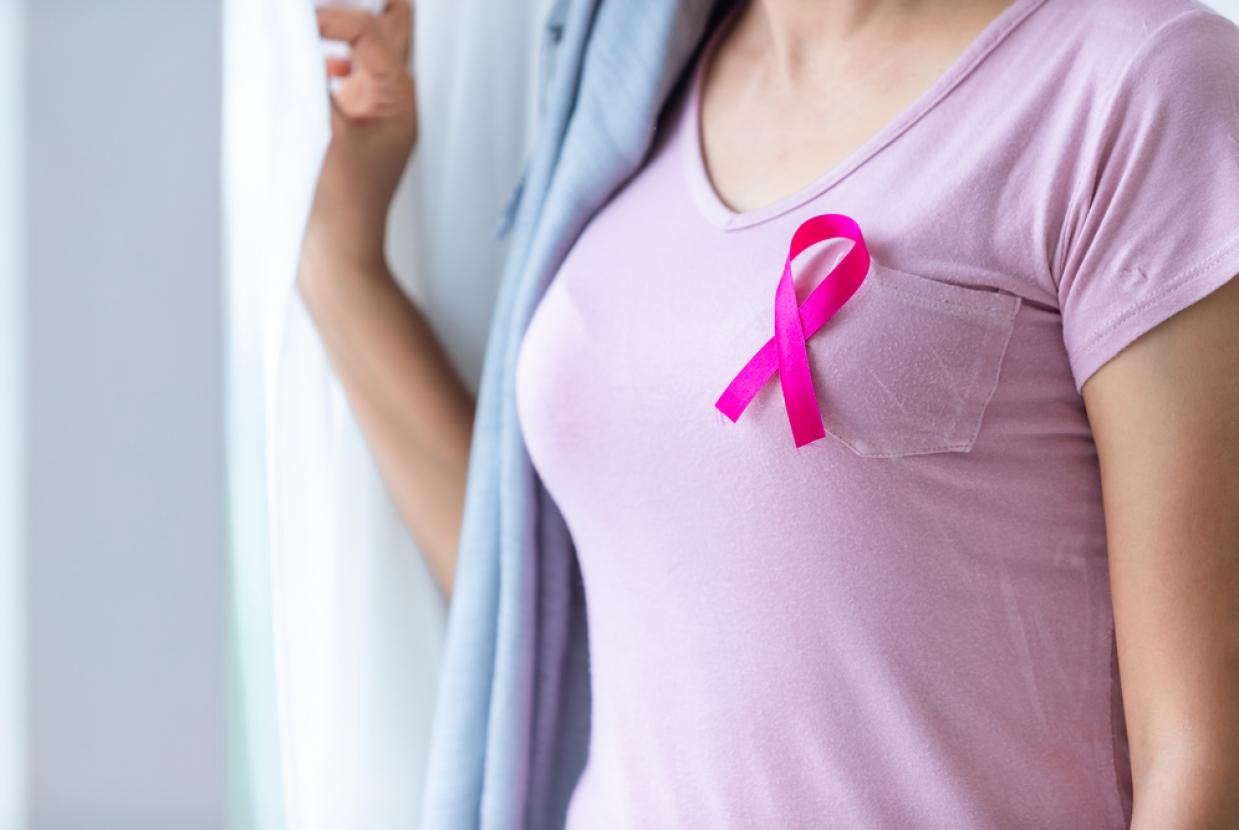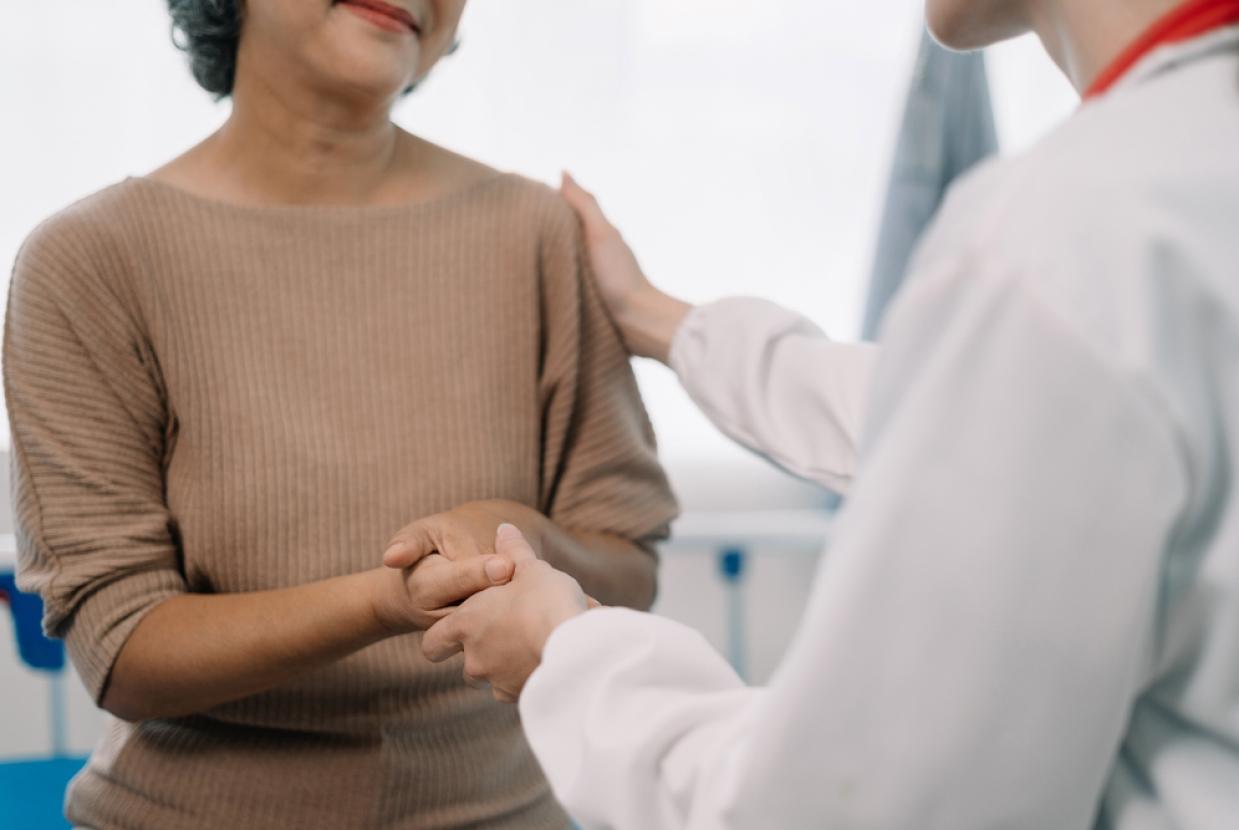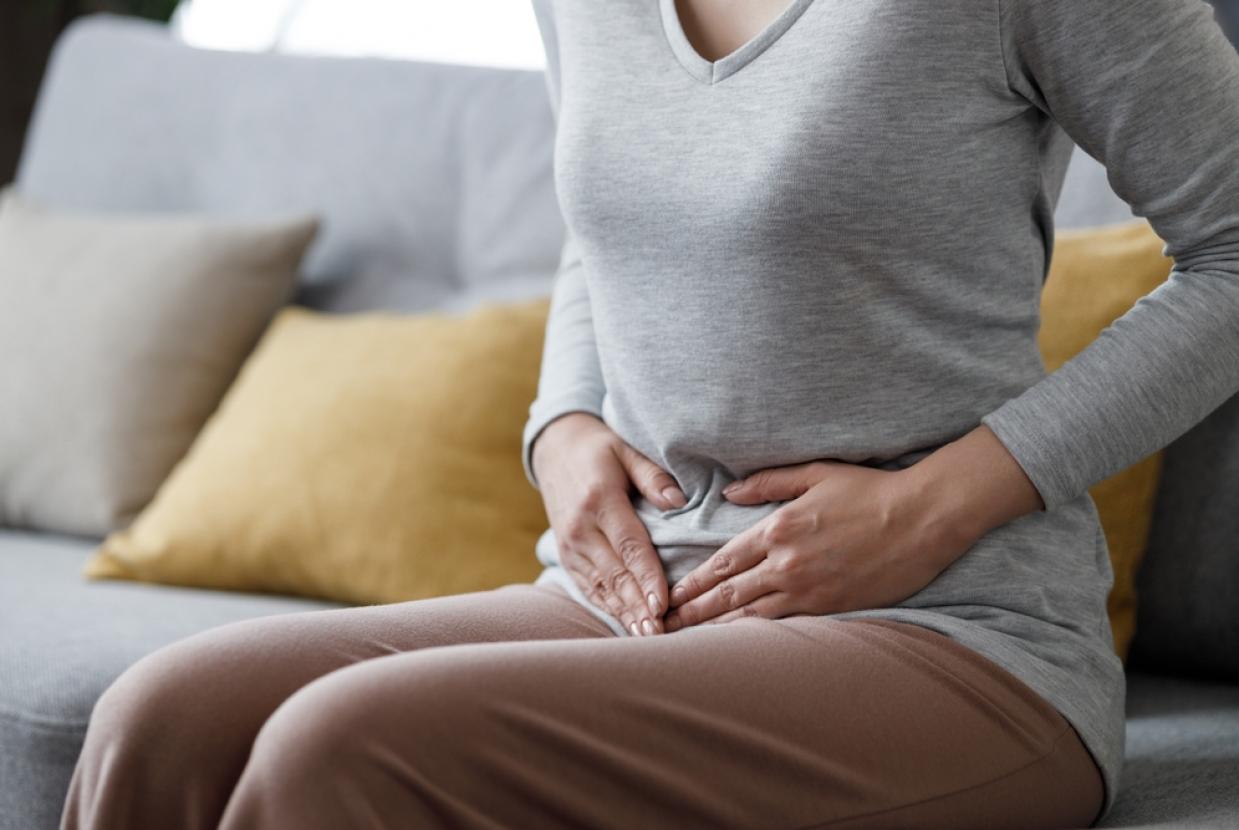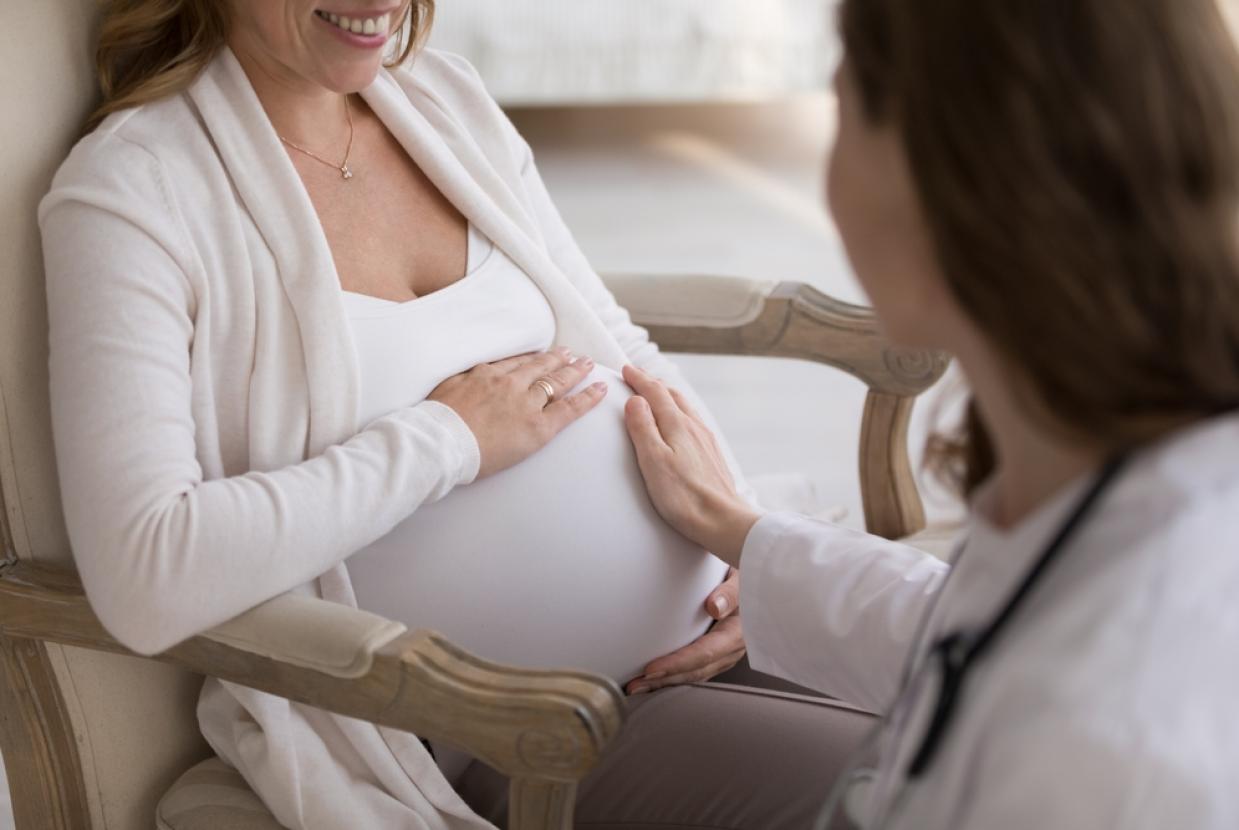Breast Changes In Older Women
As you get older, it's natural for your breasts to lose their firmness, change shape, shrink in size and become more prone to certain abnormal lumps. In most cases, breast lumps are harmless, but whatever your age, it's important that you report any new lumps to your doctor. From around the age of 40, you can expect your breasts to change in size and shape.
It's normal for breast tissue to become less glandular and more fatty as you get older, which makes them feel less firm and full. With age, there's also an increasing risk of abnormal growths in the breast. These are often harmless breast lumps, like cysts, but they can also be a sign of serious conditions like breast cancer.
As the years go by, you might also notice a wider space between your breasts. You may also notice that your breasts shrink in size, sometimes by a cup size or more (unless you put on weight, in which case your breasts may get bigger).
The area around the nipple (the areola) tends to become smaller and may nearly disappear. Many of the breast changes that happen as you get older are caused by hormonal changes.
Declining oestrogen levels at the menopause make breast tissue dehydrated and less elastic, so your breasts lose their once rounded shape and begin to sag.
On the plus side, you may stop having any of the premenstrual lumps, pain or nipple discharge that you used to have.
Breast cancer screening
Screening for breast cancer is currently offered on the NHS to women aged 50 to 70 in England. It's in the process of being extended as a trial to some women aged 47 to 73. Breast screening uses an X-ray test called a mammogram that can spot cancers when they're too small to see or feel.
It's your choice whether to have breast screening, but bear in mind that most experts believe it's beneficial in picking up breast cancer early. If you're over 70, you'll stop receiving screening invitations through the post, but you can still carry on with screening if you want to. Contact your local breast screening unit to arrange an appointment.
Dense breasts
Young women who have not yet gone through the menopause often have what's known as dense breasts. Dense breasts contain more glandular and less fat tissue than usual. It's not the same as having firm breasts and has nothing to do with how big or what shape your breasts are.
Having dense breasts isn't abnormal and isn't something you can change. But a potential drawback is that dense breasts can make breast cancer screening more difficult because the dense tissue can mask potential tumours on a mammogram.
Breast tissue tends to become less dense as you get older, especially after the menopause, so it becomes easier to detect breast cancers on a mammogram.
Breast lumps
Breast lumps are common around the menopause. They're usually cysts, which are harmless lumps filled with fluid. But if you notice a lump, don't wait to be offered screening – see your GP to rule out breast cancer. Breast cancer is most common in women over 50. Other warning signs of breast cancer include:
- puckering of the skin
- nipple changes (like scaling or discharge)
- a swollen, red or "inflamed" breast
Women over 70
Women over 70 are particularly at risk of breast cancer because a woman's risk of getting breast cancer increases with age. Don't assume that because you're in your 70s or older that you're in the clear. Always report any unusual breast symptoms to your doctor.































































































